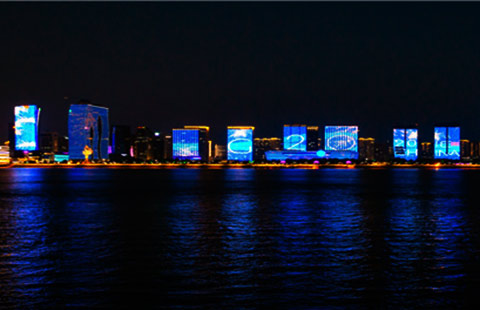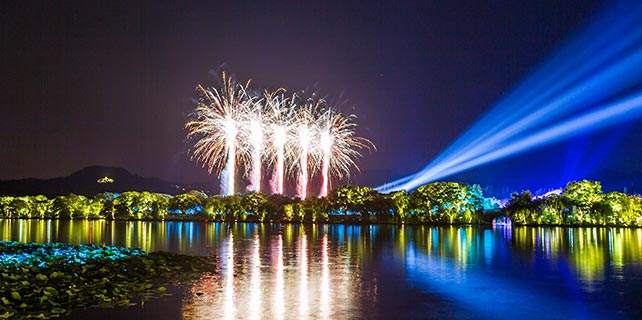'Paradise' blessed with immortal love stories
By Raymond Zhou (China Daily) Updated: 2016-09-01 08:01
 |
|
Visitors on a bridge over the West Lake on a rainy day. [Photo by Han Chuanhao/Xinhua] |
When I first arrived in Hangzhou, the pagoda was long gone. (It crumbled in 1924, which was seen by some as a happy occasion that freed Madam White Snake. It was only rebuilt in 2002.) Broken Bridge had been rebuilt in 1941, not half as romantic as it would have been. Still, I felt like I was stepping into a traditional brush painting of history, legends and fairy tales.
I will not forget the first time I laid eyes on the famed West Lake. The willow tree-lined banks, the shimmering water, the lotuses with pearly drops of water rolling on their leaves and the pagodas looming in the distance were all so evocative; they snatched me out of the mundane world and gently nudged me into a realm of poetry and landscape scrolls.
Hangzhou is known for its scenic beauty. Here, it's not nature alone that's awe-inspiring but rather the seamless fusion of God's creation and the human touch.
Human civilization in this area dates back 7,000 years, and epic tales of war and peace and treachery between the ancient kingdoms of Yue and Wu-roughly present-day Hangzhou and Suzhou-are still being dramatized on screen. Today, this whole area is considered "paradise on earth" and forms the core of the culturally significant Jiangnan, which translates as south of the Yangtze River.
Hangzhou was the largest city in the world during much of the Southern Song Dynasty (960-1279). The empire was threatened by the Jurchens in the north and relocated its capital from Kaifeng to Hangzhou, then known as Ling'an. In 1275, one year before the Mongols took power, it had a population of 1.75 million. Marco Polo referred to it as Kinsay and called it the City of Heaven. He was spot on when he described local people as "fair and comely", with "men of peaceful character" and "women extremely accomplished in all the arts of allurement".

















